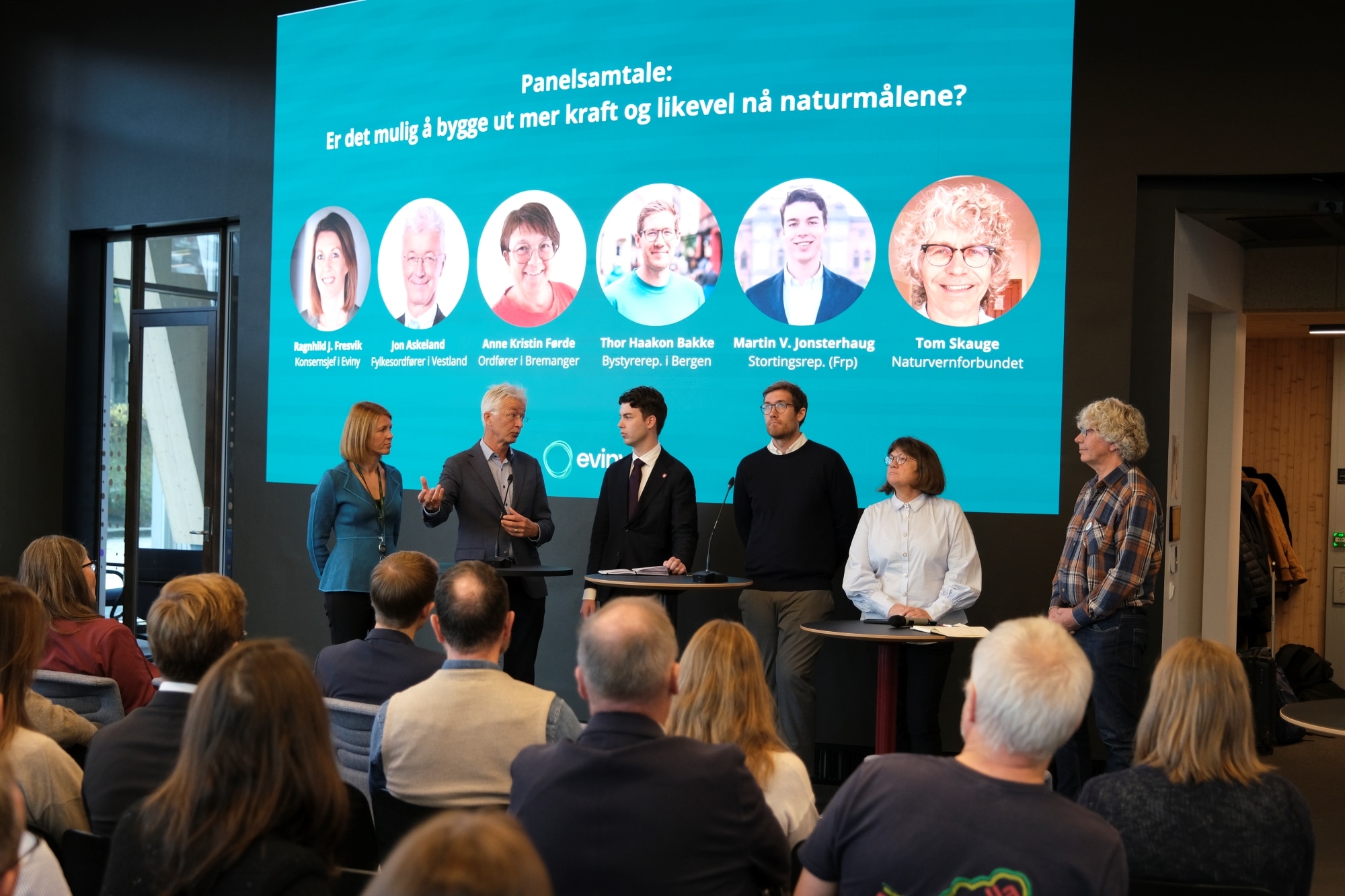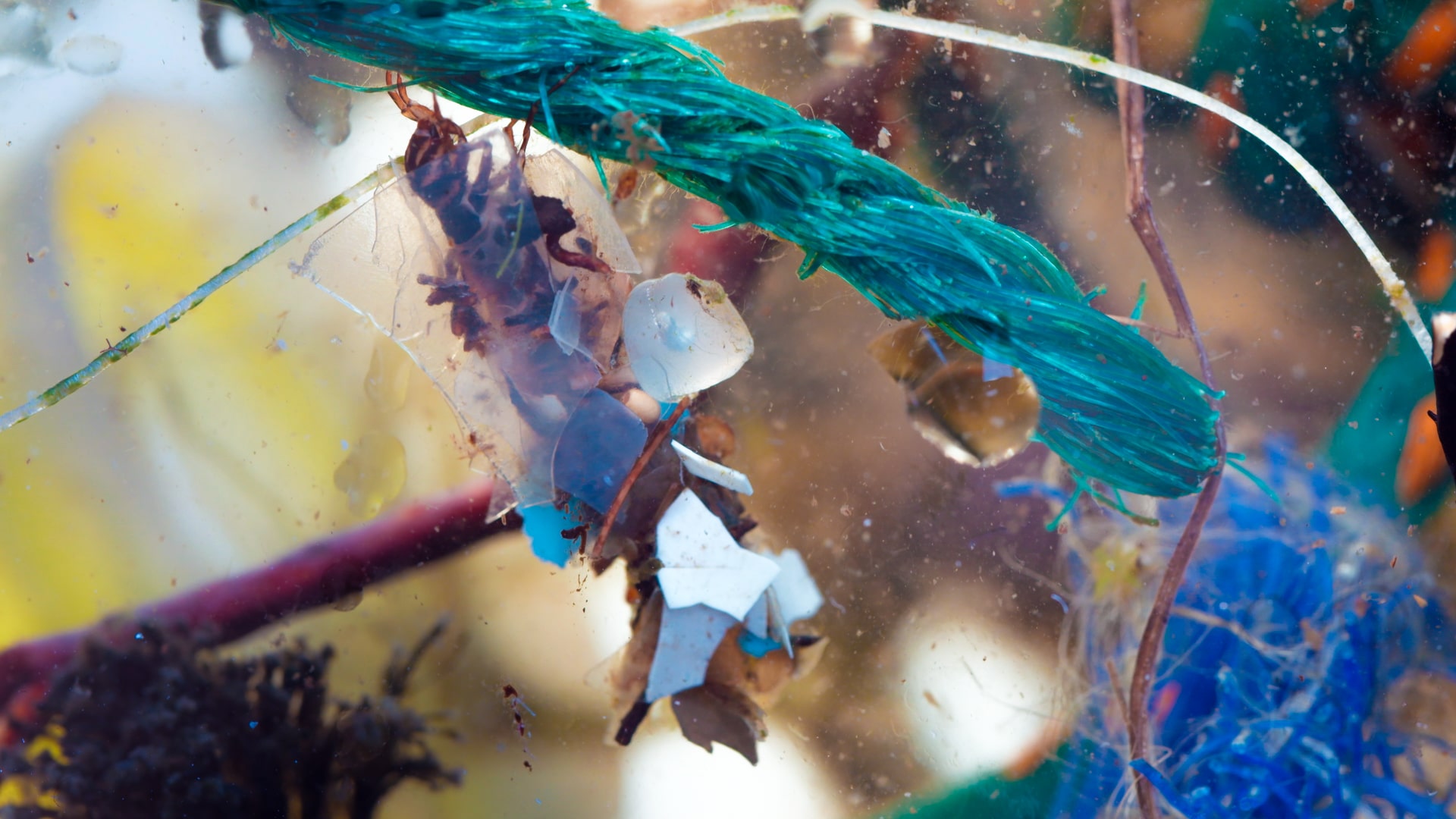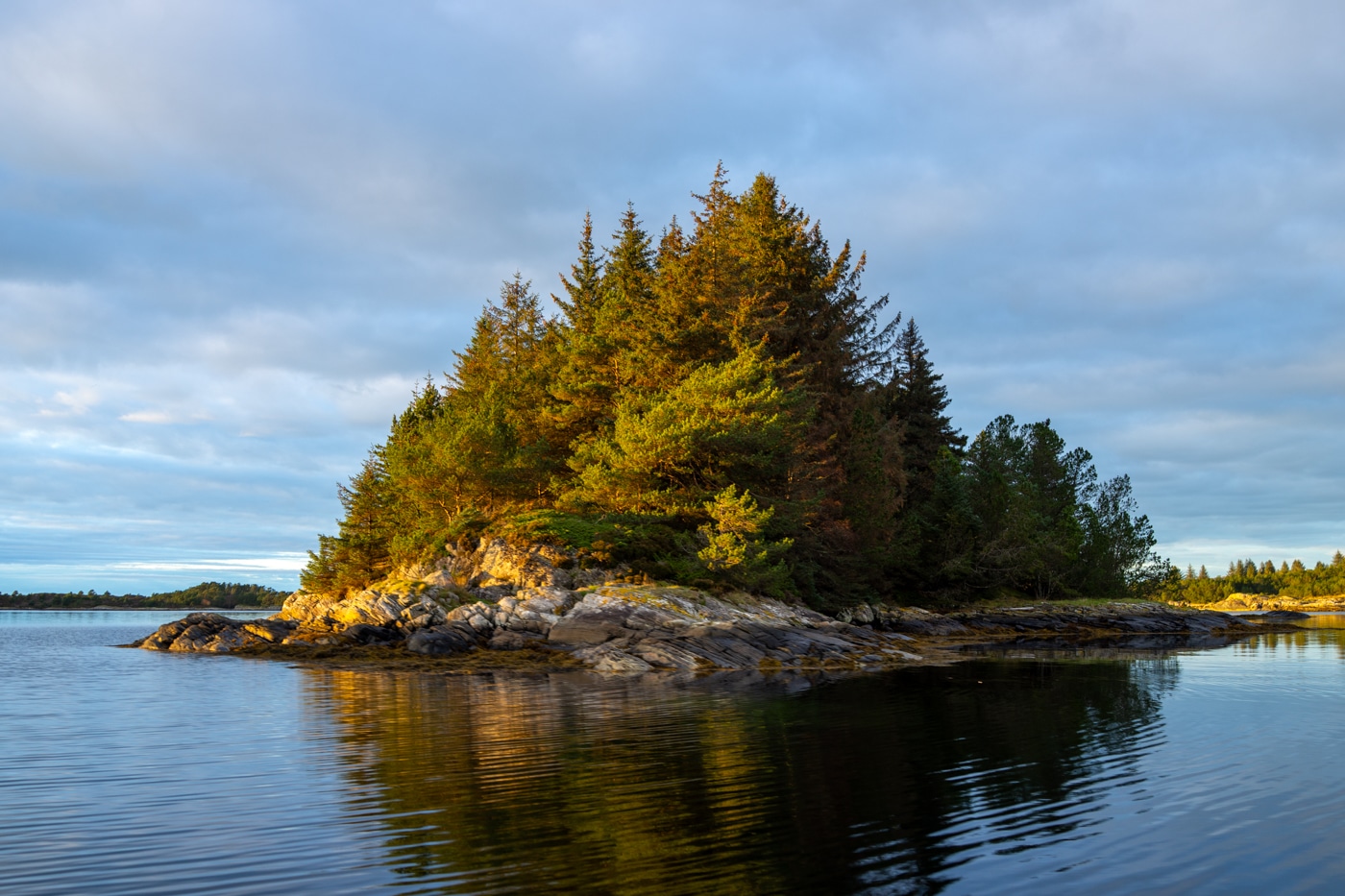Did climate scientists get it wrong?
A serious reality arrived on our doorstep this summer.
Many have asked if the climate scientists have got it wrong, when they publish their dire descriptions of what could await us if we don’t drastically cut greenhouse gas emissions. Surely it can’t be as bad as they say? Maybe they’ve made a mistake in the severity?
The question itself isn’t a dumb one, as scientists can make mistakes, and all scientific research is constantly evolving. But this summer’s chaotic weather, with nearly 50 degrees in both Canada and southern Europe, enormous forest fires in Siberia, floods in central Europe, and large scale glacial melting in Greenland, should make us remember this: the chance that scientists have made a mistake in the severity of their predictions can go in both directions.
Maybe reality will be even worse than they had predicted? A conservative margin is built into climate research, as researchers are hesitant to incorporate factors which they don’t have solid numbers for yet. The result can be calculations which are overly conservative.
A significant effort must transpire to reach the goal of restricting global warming to two degrees above pre-industrial levels, not to even mention the suggested target of 1.5 degrees. In addition, the numbers behind how much we must reduce emissions to reach this goal are built on a disturbingly unambitious threshold: they indicate a 50% chance of success toward the goal. This is a success rate much lower than we would otherwise have deemed acceptable for use in a standard risk evaluation.
We would never have built a bridge with a 50% chance of collapse, but we instead accept this failure rate when it concerns all of our futures.
The summer is over. Something isn’t right. Climate change paid us a visit a little bit earlier than we predicted, but the climate scientists weren’t as surprised as the rest of us. So far, their predictions have actually been rather spot on.
Our dreams of consumer growth into to the sky and beyond appears to lead us down into a nightmare. Now we need brave leaders. Now we need politicians that are both visionary and concrete. Norway has abnormally good opportunities to demonstrate the power of actions and to be an inspiring world leader.
This of course applies to everything we are actively pursuing, such as developing new technologies and implementing socially-equal climate tax systems, but also the damage we avoid doing, such as destroying wetlands, increasing traffic by building new motorways and runways, or searching for more oil.
Reality knocked on our door this summer. And if it knocks again, you should let the climate and environment decide which party you vote for in a Storting election, if it’s this year.
First published in BT, 13.08.2021





